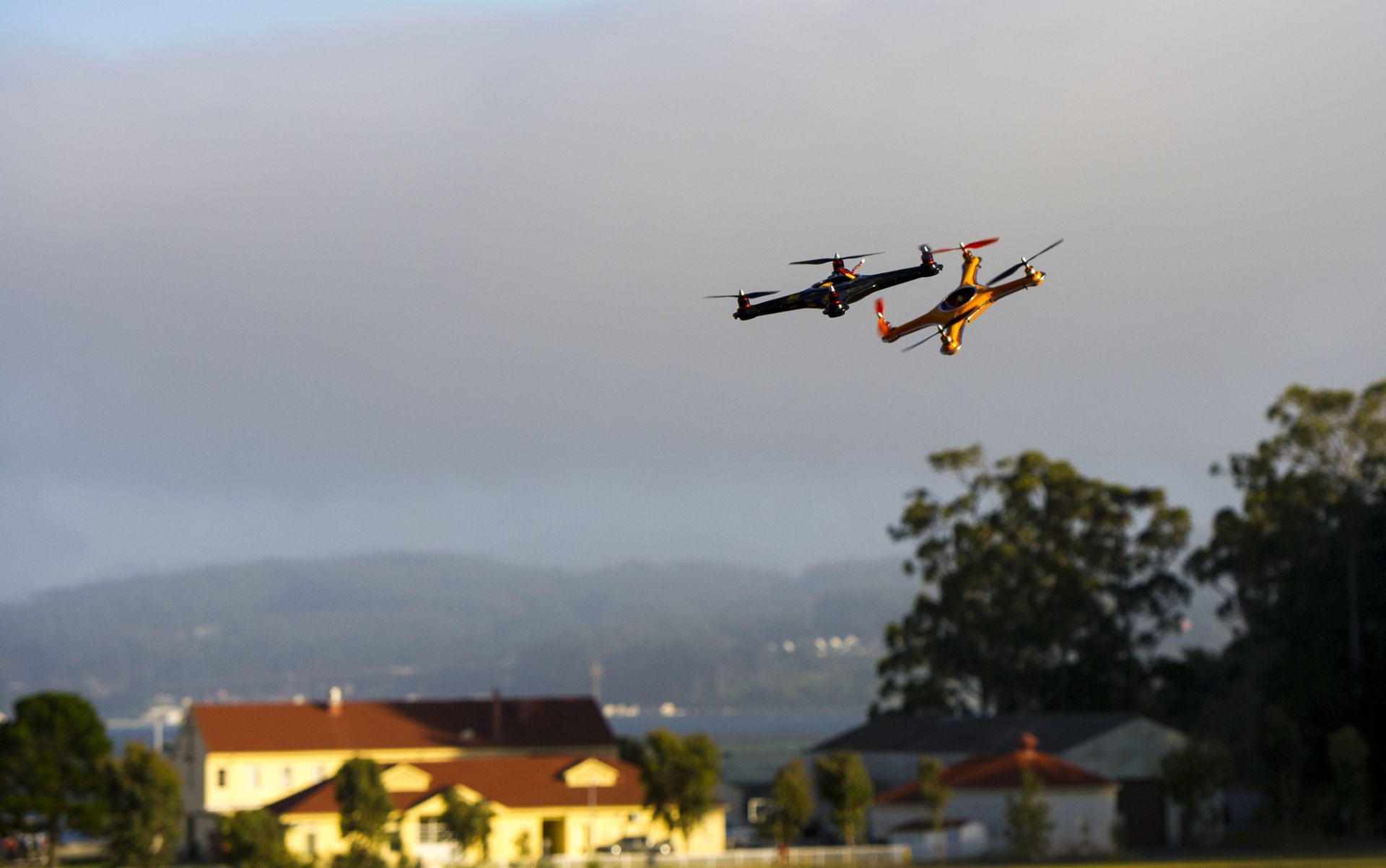But the FAA’s proposed rules on small, unmanned aircraft systems will lead to stepped-up enforcement actions as well, LeClairRyan attorney cautions
Newly proposed rules on the use of small, unmanned drones could bring peace of mind to farmers, researchers, real estate agents, government agencies and others who have worried they might be breaking the law by flying remote-controlled devices, said Tim Adelman, a veteran aviation attorney and head of a LeClairRyan practice group focused on unmanned aircraft systems (UAS).
Issued by the FAA on Sunday, the proposed rules covering small UAS—which came a month after the crash of a toy drone on the White House lawn—would specifically permit drone-assisted operations such as crop monitoring, bridge inspections, aerial photography and certain search-and-rescue missions.
The rules are welcome news for the UAS industry and its customers, both of which have struggled amid considerable ambiguity on the use of drones in U.S. airspace, said Adelman, a shareholder in the national law firm’s Annapolis, Md., office. “Regulatory clarity could be a boon to makers and sellers of small UAS, in particular,” said Adelman, an instrument-rated, certified flight instructor. “However, as the industry grows we can expect corresponding growth of FAA enforcement actions. UAS operators should take care to avoid running afoul of the FAA.”
The long-delayed rules are both thoughtful and practical given the considerable challenge of safely integrating small drones into the national airspace, Adelman added. “The FAA is seeking to answer key questions here such as the types of UAS to be regulated, appropriate operating conditions, required operator certifications, airspace limitations, acceptable uses and more,” he said. “This is an important first step toward creating a safe, integrated regulatory framework for UAS in the United States.”
Under the proposal, real estate agents and others who have been using hobbyist “drones” to take pictures for their businesses will now be officially regulated. That means manufacturers of small UAS would do well to educate their consumers about the FAA requirements, Adelman noted.
The following are some key elements of the proposed rules:
- They cover small UAS weighing less than 55 pounds and traveling less than a maximum speed of 100 mph/87 knots.
- The operator does not need a traditional FAA airman certificate but does need to pass an initial aeronautical knowledge test at an FAA-approved knowledge-testing center.
- Operators cannot fly if they knowingly have any physical or mental condition that would interfere with the safe operation of a small UAS.
- The operations are limited to day hours with at least three miles visibility and with clouds at or above 500 feet above the intended operating altitude.
- Flights are limited to line-of-sight operations at or below 500 feet above ground level.
- Operations will be permitted in certain controlled airspace (Classes B, C, D and E) with prior air traffic control clearance.
- The small UAS does not need an FAA airworthiness certificate but must be registered.
- Specific commercial operations would be permitted, including crop monitoring; R&D; educational uses; power-line/pipeline inspection in hilly or mountainous terrain; antenna inspections; aiding certain rescue operations; bridge inspections; aerial photography; and wildlife nesting area evaluations.
LeClairRyan’s aviation attorneys have represented UAS manufacturers and other entities employing these systems, including state and federal governments, since 2006. A member of the team is credited with obtaining the first jurisdiction-wide certificate of authorization for UAS ever issued by the FAA, which paved the way for public entities across the nation. Members of the team regularly present at UAS-related conferences organized by a wide range of federal government agencies, trade groups and professional associations.

Leave a Reply